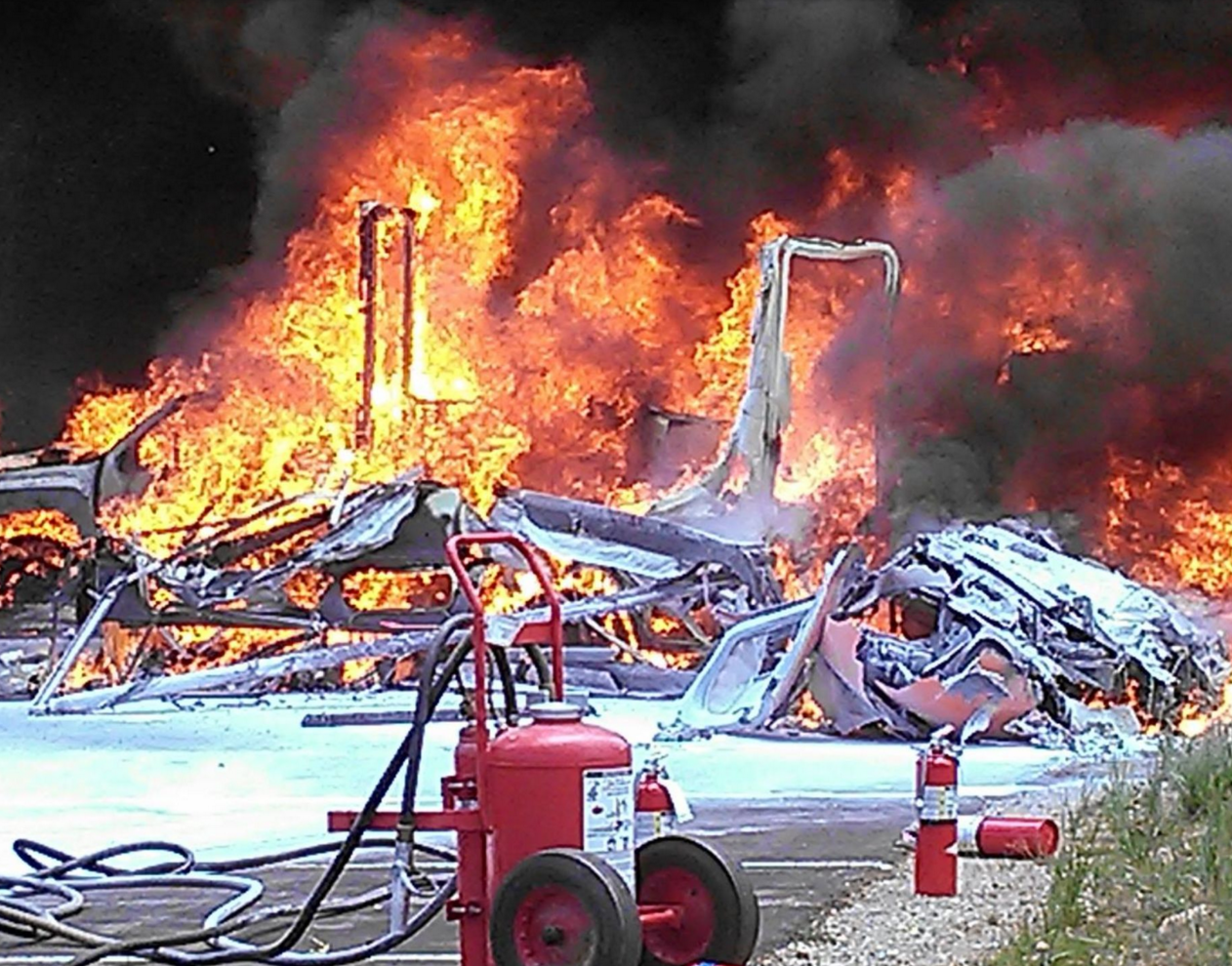
Two recent news reports have cited bird strikes and fuel-fed fires as safety concerns for helicopter operators. According to an Associated Press story published over the weekend, operators reported 204 helicopter bird strikes in 2013, a 68 percent increase from 2009. While some of that is due to increased reporting by pilots, the AP says there has also been an increase in the U.S. populations of large birds, like Canada geese and turkey vultures, that can do significant damage to an aircraft. “We’re getting more severe damage, more frequent cases of birds penetrating the windshield, and the risk of pilot incapacitation that could cause fatalities for everybody there,” said Gary Roach, an FAA helicopter safety engineer, at a recent FAA meeting. Roach and his colleagues have urged the FAA to establish an industry committee to examine the helicopter/bird-strike issue, the AP said.
Another recent report, by NBC News affiliate KUSA in Denver, examined the incidence of fuel-fed fires in the crashes of medevac helicopters. According to KUSA, the fuel systems in many older helicopters are not well-protected in crashes, and while the FAA requires stronger systems in helicopters certified since 1994, it hasn’t required aircraft that were certified under the older rules to change. According to the NTSB, more than 4,700 of the 5,600 helicopters manufactured since 1994 don’t have fuel systems that would meet the 1994 FAA standards, since they were copies of helicopters that were certified earlier than 1994.
The NTSB issued a safety recommendation in July that urged the FAA to mandate crash-resistant fuel systems for all new helicopters, regardless of the date of certification. “Between 1994 and 2013, the NTSB has investigated at least 135 accidents in the United States involving certificated helicopters of various models that resulted in a post-crash fire. Those accidents resulted in 221 fatalities and 37 serious injuries. Only three of the accident helicopters that experienced post-crash fire had crash-resistant fuel systems and crashworthy fuel tanks,” the NTSB wrote (PDF). The KUSA report said it could find only one post-crash fire report involving military helicopters, which have long had crash-resistant fuel systems. “We’ve seen it in the military,” NTSB chairman Christopher Hart told KUSA. “We want to see similar progressive action taken in civilian helicopters.” Airbus officials responded to KUSA that the true impact of post-crash fires on survivability is “not well understood.”
Overall, helicopter crash statistics have been improving. According to the International Helicopter Safety Team, during the first six months of 2015, total accidents in the U.S. were down 28 percent compared to the same period last year; compared to 2006, the number of accidents has been cut nearly in half.


































